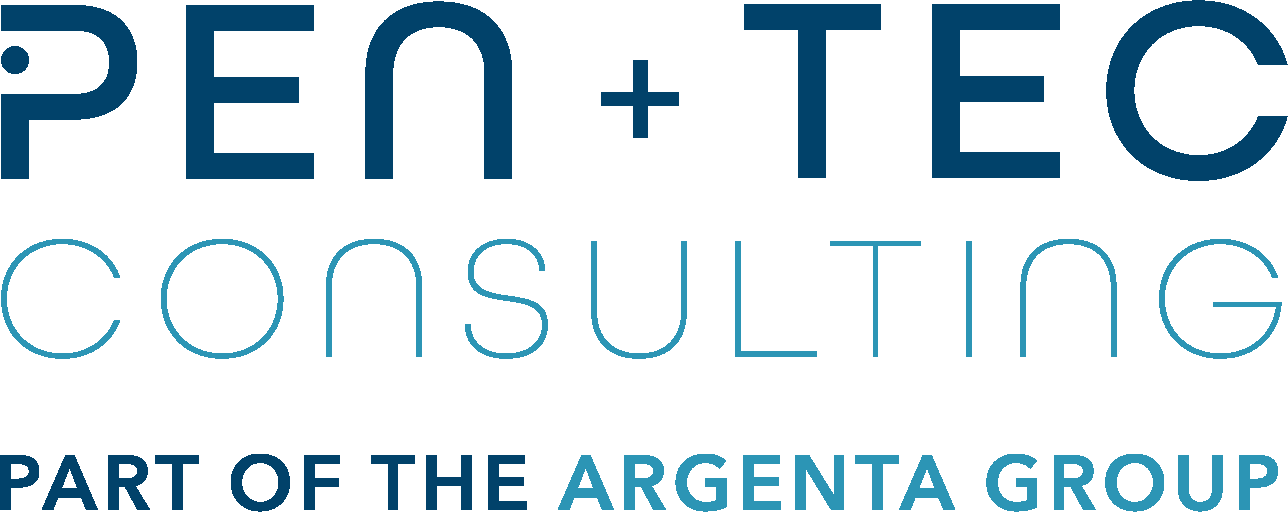EFSA Public Consultation on the FEEDAP Panel’s guidance on the assessment of the safety of feed additives for the target species
Posted 25 April, 2017
EFSA’s Panel on Additives and Products or Substances used in Animal Feed (FEEDAP) has launched an open consultation on a draft guidance on the assessment of the safety of feed additives for the target species. This document will update the current guidance to applicants for the preparation and the presentation of an application for authorisation of a feed additive.
 What are some of the main proposed changes to the current guidance?
What are some of the main proposed changes to the current guidance?
General requirements
- As a first step in demonstrating the safety of a feed additive, the guidance proposes conducting an extensive literature search. The guidance says that the literature search should be conducted in a structured manner and cover at least the last 20 years. The references should be complied using appropriate reference management software provided in .RIS format and copies of all relevant papers should be provided. This is a positive step, as if sufficient evidence can be found to support the safety of a product, then in vivo studies may not be required. Not only will this approach save the applicant time & money, it is also positive step towards the 3Rs (reduce, refine and replace the use of animals in science).
- For all additives with the exception of microorganisms, safety for target animals can be derived from suitable toxicological studies with oral administration in laboratory animals. This means that expensive in vivo target animal safety (TAS) studies may not be required.
- When in vivo target animal safety studies are required, the number of trials needed will depend on the target species for which the application is made. For example, data from broilers can be extrapolated to turkeys. If the application covers all pigs & poultry, the requirement is limited to a total of 3 studies. Again, this approach will potentially save many companies time and money, while following the 3Rs approach.
Study design & reporting
- The new draft guidance says that TAS trials, when required, “should be compliant with the criteria established by a recognised, externally audited, quality assurance scheme (e.g. Good Laboratory Practice)”. Currently, such a quality assurance scheme is recommended but it looks like it may become compulsory for all Contract Research Organisations/Labs after the new guidance is implemented. Good Laboratory Practice (GLP) studies are more stringent in the way in which study data are collected, audited & reported, which makes them more expensive, so this could have an impact on an applicant’s budget.
- EFSA are becoming stricter on study design and statistical analysis requirements. For example; the proposed guidance asks that the rationale for the selection of the number of animals/replicates used (sample size calculation) is provided along with a power analysis. Whilst in practice this should always be done, it is not always reported.
- The draft guidance proposes that the protocol and any amendments/deviations be reported in the final study report. To date, EFSA have not required this information. This type of reporting is more in line with the requirements of GLP or Good Clinical Practice.
Pen & Tec will be reviewing the draft guidance document in detail and we will forward our comments to EFSA in order to help to shape the new guidance document so that it is objective, clear and balances the need to demonstrate safety with workable and achievable requirements.
If you have any questions or queries regarding the draft guidance then please feel free to contact us. Alternatively, you can submit your own thoughts & comments to EFSA. The deadline for comments is 31 May 2017. Please follow the link for further information: www.efsa.europa.ua
